Haykan Engin, Production Coordinator at Anadolu Döküm Sanayi A.Ş., delivered a presentation at the Metal Expo Istanbul Conference to share the experiences of the company’s factory located in Körfez, Kocaeli. Founded in 1968, Anadolu Döküm operates on a 16,400 m² facility with an annual liquid metal capacity of 10,000 tons. With 115 employees, the company is one of Turkey’s leading producers of both stainless and alloy steel.
In his presentation, Engin referred about new technologies in the casting industry, environmental impacts, and the value added supply chain. ’’Alloy steels enhance the properties of plain carbon steel, which consists only of Fe and C, by incorporating elements such as Cr, Ni, Mo, V, Mn, Si, W, Ti, and Nb. As a result, they have a wide range of applications—from the automotive and defense industries to the energy, chemical, and food sectors.’’
Anadolu Döküm’s production methods include sand casting (45.7%), horizontal centrifugal casting (spools 37.9%, others 14.2%), and vertical centrifugal casting (2.1%). Engin emphasized that the company manufactures in compliance with international standards, holding LLOYD certifications.
In his presentation, Engin stated that in recent years, the development of new alloys in alloy steels has accelerated in response to the growing demand for high performance, lightweight, strength, and environmentally friendly production. He highlighted the critical importance of HSLA (High Strength Low Alloy) and AHSS (Advanced High Strength Steels) in sectors such as automotive, bridge construction, and energy. Engin also explained that duplex stainless steels, thanks to their dual-phase structure, offer high strength and impact toughness, while their weldability is significantly superior to that of austenitic steels.
Engin emphasized that energy consumption and carbon footprint are critical concerns in the casting industry ‘’Due to melting, high temperature processes, and heat treatments, our energy consumption is intensive. However, we are optimizing this process through the use of induction furnaces, energy recovery systems, and the integration of renewable energy sources. In addition, by using 60–90% recycled scrap in stainless steel production, we both conserve natural resources and reduce our environmental impact.’’
Engin also discussed new casting technologies, stating that techniques such as Vacuum Induction Melting (VIM), Vacuum Arc Remelting (VAR), and Electroslag Remelting (ESR) enable the production of clean castings with low inclusions. He explained that digital simulation and solidification control, precision casting, and mold production using 3D printing help reduce production waste, while automation and robotics enhance both workplace safety and product quality.
In conclusion, Engin highlighted the key challenges the industry faces, such as dependency on raw materials, variability in scrap quality, high energy consumption, and intense global competition. He emphasized that ‘’a forward-looking approach focused on green steel transformation, new alloy development, and digitalization will enhance both production efficiency and environmental sustainability.’’


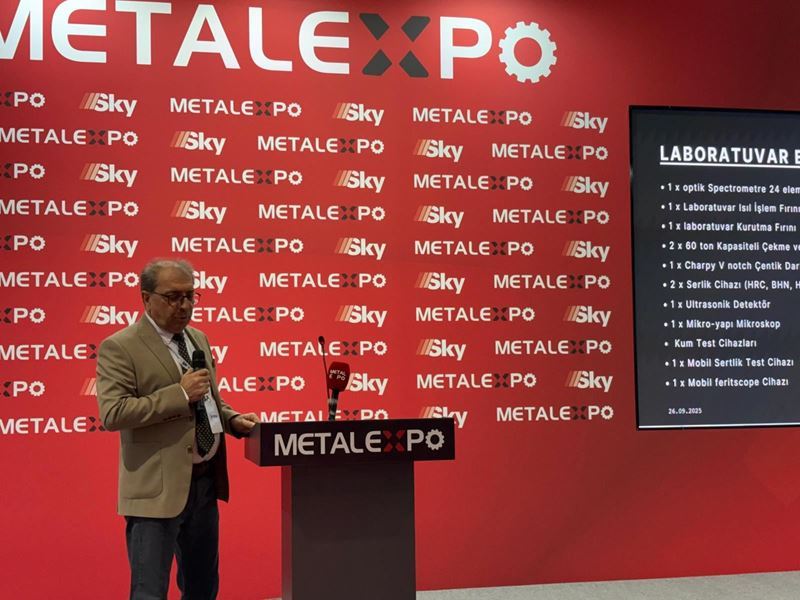

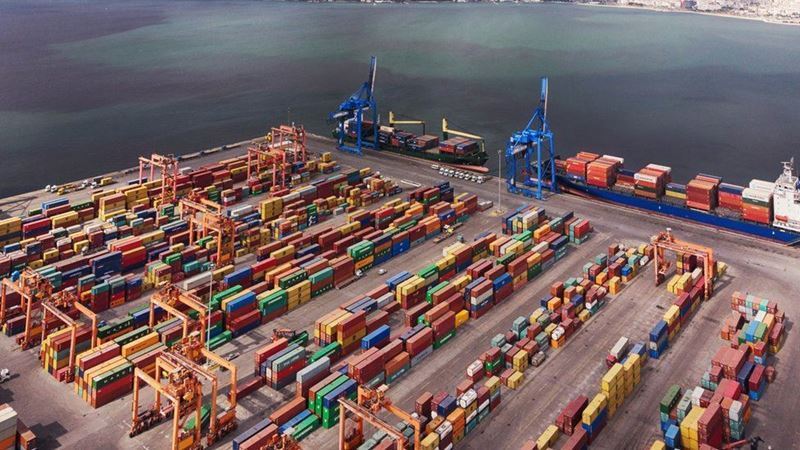
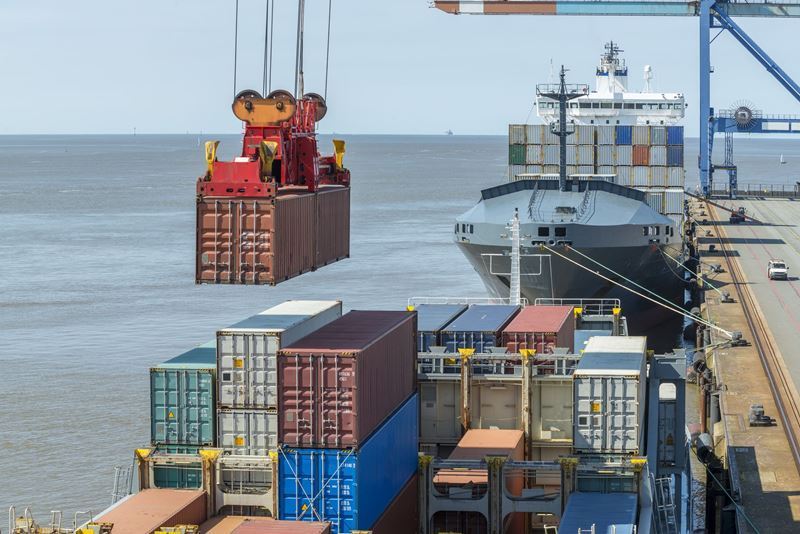
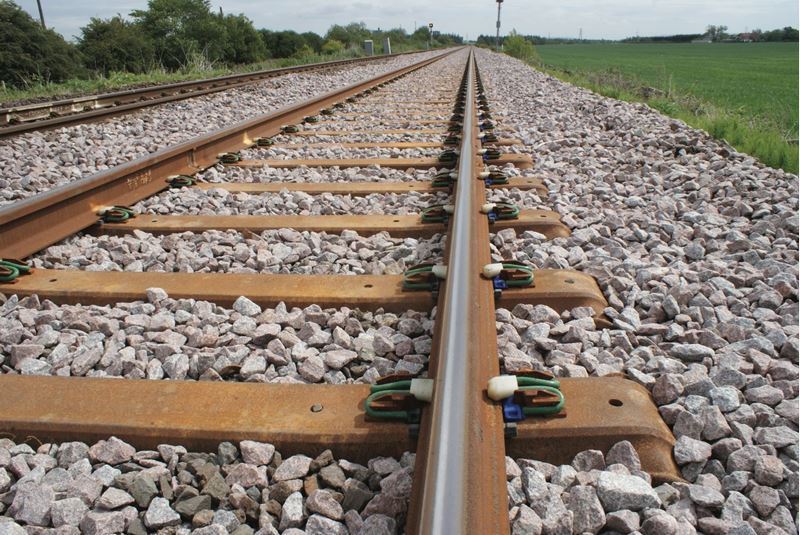
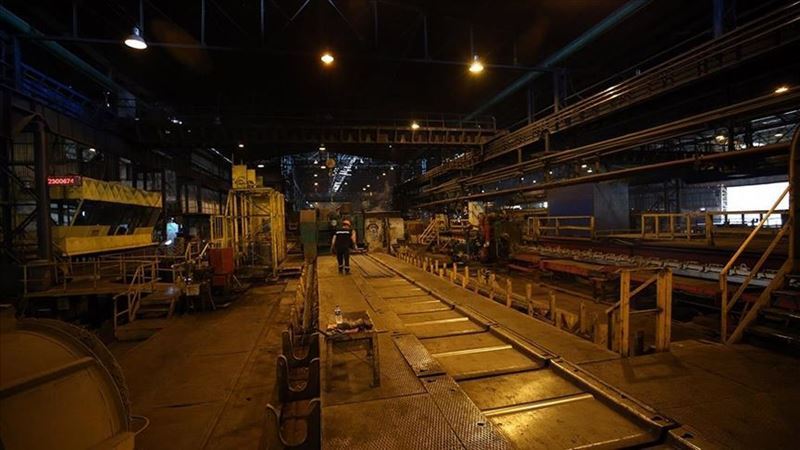

Comments
No comment yet.